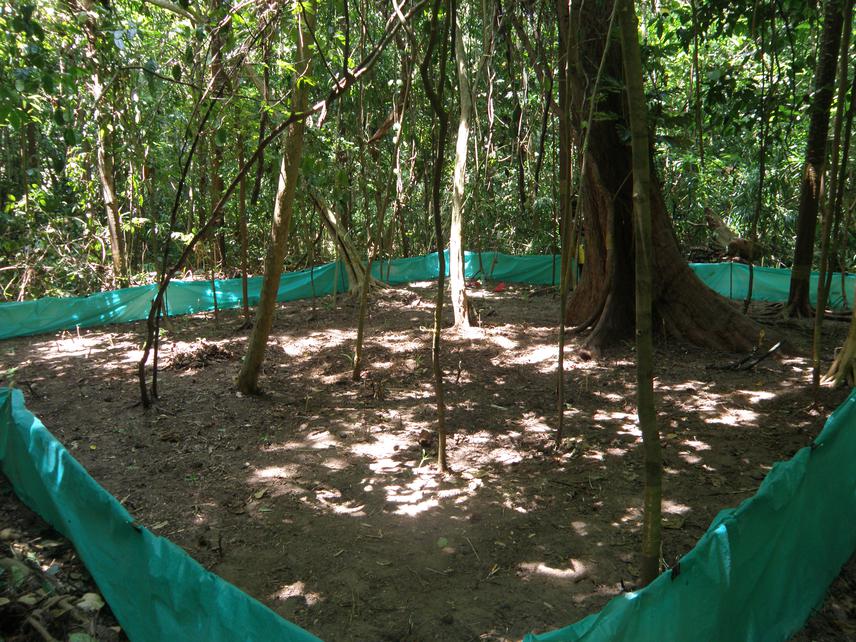Nitya Prakash Mohanty
Other projects
3 Jan 2017
Invasive Indian Bullfrogs on the Andaman Islands: Averting Ecological and Socio-Economic Losses in a Global Biodiversity Hotspot
The project aims to understand the impact of introduced spotted deer on forest floor herpetofauna of Andaman Islands and take the perception of people into account while mitigating such an impact.

Introduced species are a major threat to native biodiversity, especially in isolated systems like Islands. An introduced mammalian herbivore, the spotted deer (Axis axis) is a potential threat to native herpetofauna of Andaman Islands, in the Bay of Bengal. Introduced in 1930s, the deer alter the forest structure by browsing. Extensive browsing on the understory could reduce the abundance of arthropods upon which the herpetofauna feed and reduce the available cover, making the herpetofauna vulnerable to predation.
The study would demonstrate the effect of spotted deer on forest floor reptiles and amphibians, if any. The pathways of interaction between the deer and herpetofauna will be identified, if a significant effect is found. This would lead to a better understanding of the mechanism through which introduced herbivores could affect native taxonomic groups. The study would prioritize islands for eradication of the deer if such an action is proposed. The perception of stakeholders towards the introduced deer and their reaction to the potential eradication of the deer would be evaluated. The findings of the study, coupled with the survey of the perception of stakeholders, would result in the framing of guidelines for eradicating the deer from the Islands.